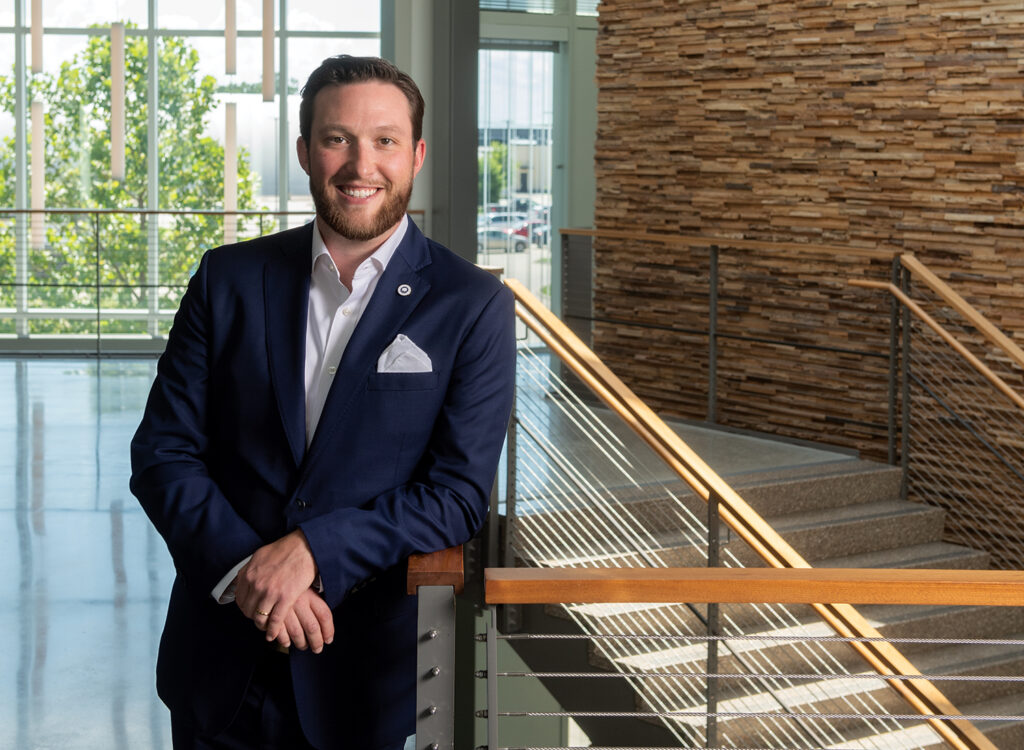$100M water trails project turns to feasibility analysis

KENT DARR & PERRY BEEMAN May 21, 2018 | 4:14 pm
4 min read time
903 wordsAll Latest News, Economic Development, Energy
A whitewater course downtown would be part of a water trails project for the region.
We now know more about the water trail proposals in Central Iowa, a keystone project many leaders see as a crucial way to attract and keep residents and workers.
We know it would cost in the neighborhood of $100 million to revamp three downtown dams, with the Center Street location becoming an adventure park, and fun spots added along streams across the area.
We know it’s probably a decade-or-more proposition to gain approvals and to raise money for the plans, which include $35 million to turn the Center Street dam area into a whitewater course wild enough to draw competitions. That and many smaller projects could be staged. Some suburbs are already working on making rivers more accessible.
We also know it’s time to test the waters to see if federal, state and local governments would pay two-thirds of the tab as projected, and if Hubbell Realty chief and water trails champion Rick Tollakson is right that local businesses can be counted on to pay for a third of the project.
You don’t have to wonder whether Greater Des Moines Partnership CEO Jay Byers thinks the project is important. “This project is the most transformational quality of life project of our generation, and we need to get it done,” Byers said in an interview.
Byers notes that the community banded together to build the $72 million Principal Riverwalk, the $99 million Wells Fargo Arena and the $101 million Hilton Des Moines Downtown.
The price is big but so is the need, Byers and other backers say.
A big wild card: possible legislative approval next year or later of a proposed local sales tax to pay for outdoor recreation and conservation projects, to the tune of $180 million a year. And that tax, envisioned by voters who overwhelming approved a state trust fund for the purpose in 2010, would mean visitors to the area would help pay the cost, said Hannah Inman, executive director of the Great Outdoors Foundation, who is coordinating the fundraising.
Officially, the range of costs for the area would be $98.6 million to $117.1 million and could be staged. The downtown project calls for $76 million of work in the rivers, at three dam sites, with $11.6 million to $30.1 million in work along the banks to make the river more usable.
“We are in a transition,” explained Gunnar Olson, spokesman for the Des Moines Area Metropolitan Planning Organization, which has handled much of the planning in cooperation with the Iowa Department of Natural Resources and with assistance from the U.S. Army Corps of Engineers. “We have great ideas, now it’s time to see if they are actually feasible.”
Said MPO chief Todd Ashby: “We definitely think it’s doable.”
Highlights would include a surfable dam near Fleur Drive, adjustable wave action at Center Street and a more tranquil scene at Scott Street. It’s likely the Center Street area would have enough water flow in the height of the season to be open all the time, while the others might be operating more than half the time.
Other projects include kayaking and canoeing along Beaver Creek in Johnston, a portage between the Raccoon River and Blue Heron Lake in West Des Moines, and an access to the Raccoon River along 63rd Street at the Des Moines-West Des Moines border.
The water trails crew presented an engineering study to the Des Moines City Council this morning. ISG worked on the regional projects, and McLaughlin Whitewater, with RDG Planning & Design and HDR, worked the downtown angles.
Tollakson said his interests are clear. This area needs workers. And it doesn’t hurt that he has major developments in the works near the downtown dams.
“Businesses care all about workforce attraction,” Tollakson said. “We have to do something. We don’t have any workers.”
“This is a big ask for the state,” said Tollakson, who regularly bends the ear of his state senator, Charles Schneider of West Des Moines. “There is a lot of interest in getting this funded.”
The festivals, craft beer, recreation trails, music and art offerings, and other attractions help, Tollakson said. The water trails, which he saw firsthand in trips to Boise, Idaho, and Columbus, Ga., can be another big draw that will help coax people to use the rivers. Leaders in Waterloo, Fort Dodge and Iowa City have discussed adding the attractions. Manchester, Elkader and Charles City already have them.
Tiffany Tauscheck, chief strategy officer for the Greater Des Moines Partnership said report after report includes data showing that millennials look at things to do in a community when they decide where to live, even more than they check job prospects.
City councils that will be asked to pay for part of the project might look at things a little differently, such as from the perspective of residents in neighborhoods who wonder when their streets will be repaired.
Ashby presented a dam-by-dam, recreational area-by-recreational area breakout of the plan this morning during a Des Moines City Council workshop.
Mayor Frank Cownie and council members said there is no lack of enthusiasm for a water trails project and its benefit to the region.
“Somehow, we need to make it happen,” Councilwoman Linda Westergaard said.
On the other hand, “I can only imagine what $100 million would do for our neighborhoods, our streets,” Councilman Joe Gatto said.









